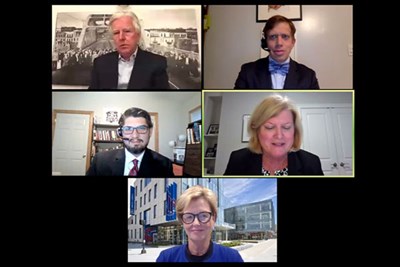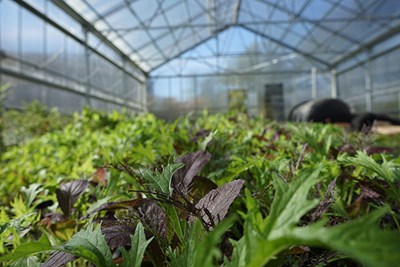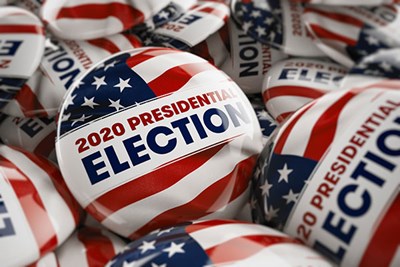 Image by Getty Images
Image by Getty Images
01/04/2021
Joshua Dyck, associate professor of political science and director of UMass Lowell’s Center for Public Opinion, says that the massive increase in mail-in ballots – at least partly attributable to the pandemic – has forever changed the voting landscape in this country.
“The pandemic is going to greatly alter Americans’ expectations of how they will be able to vote. State officials – legislatures, secretaries of state and boards of elections – will have to respond. More than 40% voted by mail in 2020 and nearly 60% voted before Election Day, either by mail or early in-person,” Dyck says.
Given a taste of convenience that comes with multiple options for casting their ballot, voters are unlikely to accept a return to limited choices, Dyck says.
“Once you make it easier for people to vote, it’s hard to turn back the clock and ask Americans to wait in lines, take time off of work and vote on a Tuesday, especially when we just experienced the highest turnout election in 120 years,” he says.
Despite the pandemic, it is estimated that more than 158 million people voted in the 2020 presidential election, which exceeded 2016’s record turnout by more than 20 million.
“Best estimates put turnout at 67% of the eligible population – this after some worried that fears about the coronavirus pandemic might drastically and negatively affect participation rates,” Dyck says.




